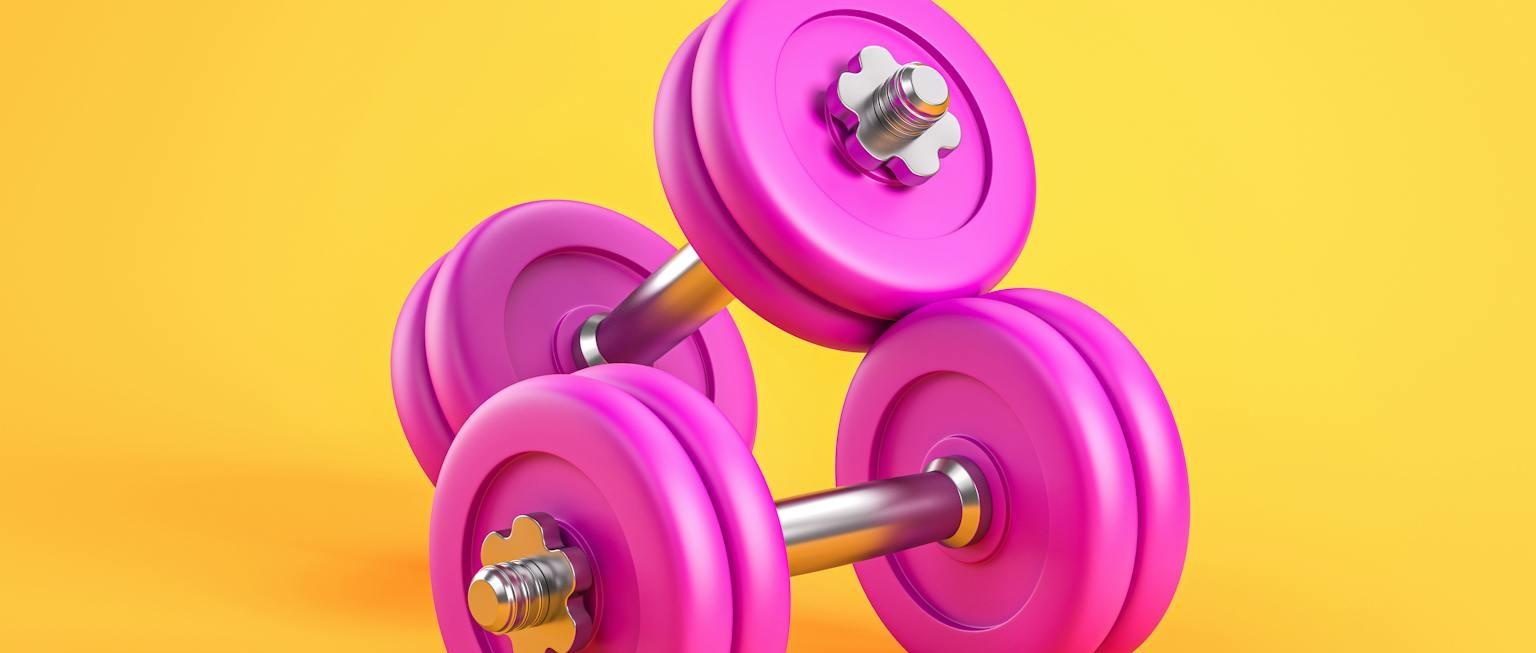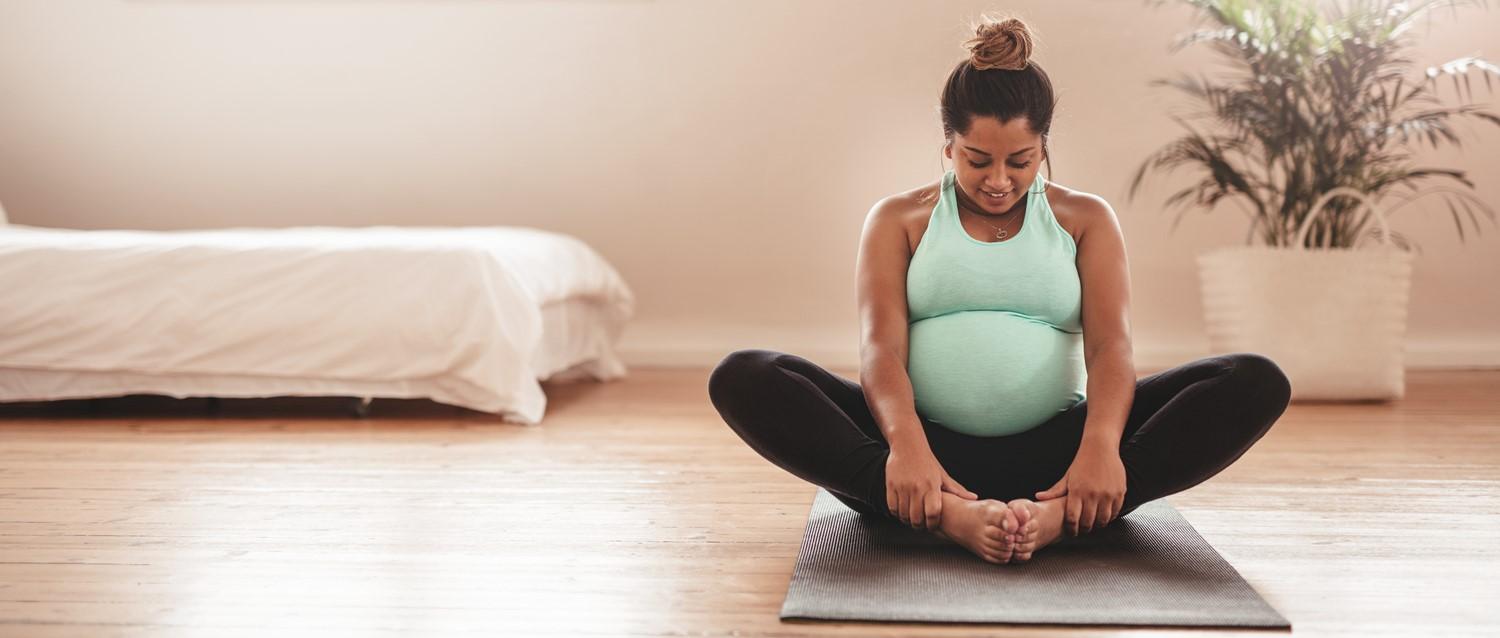
Postpartum power: exercising after pregnancy
Peer reviewed by Dr Philippa Vincent, MRCGPAuthored by Victoria RawOriginally published 8 Sept 2024
Meets Patient’s editorial guidelines
- DownloadDownload
- Share
- Language
- Discussion
Exercise is good for our health - if you're a mum who's recently had a baby, it can be beneficial for you in many ways. We spoke with experts about the healthy upsides of postnatal exercise, the best workouts, and when to start.
In this article:
Continue reading below
The importance of exercise for new mums
Easing your way into exercise after birth can boost your fitness levels, keep your energy up, strengthen your tummy muscles, and relax your body.
Becca Reed, licensed perinatal mental health and trauma therapist, Maine, USA explains that exercise during the postpartum period can also support your mental health.
"Engaging in movement that is fun and easily accessible can help ease postnatal depression and anxiety by releasing feel-good endorphins and reducing stress hormones," she says. "Many mums find movement is a wonderful way to reconnect with themselves, breathe deeply, and feel grounded amidst the whirlwind of early motherhood."
When should you exercise after birth?
Guidelines for postnatal exercise provide you with a safe approach to physical activity. Returning to exercise after you've had a baby - otherwise known as the postpartum period - depends on whether you've had a vaginal or caesarean section birth. These guidelines can differ from country to country, so talk to your midwife or obstetrician for more personalised advice.
For women with uncomplicated births - such as a straightforward vaginal delivery - you can usually begin to exercise gently soon afterwards. During this time, it's best to stick to mild activity such as:
Walking.
Stretching.
Pelvic floor exercises.
It's generally recommended you avoid high-impact exercises such as jogging or aerobics until your 6-week postpartum check.
If your delivery was complicated, or you had a caesarean, you can expect a longer recovery period, so - again - ask your healthcare provider for guidance.
Rachel MacPherson, a prenatal exercise specialist based in Nova Scotia, Canada says: "For a caesarean birth, it's a good idea to walk for short distances during the first 24 hours, as this can speed up the post-surgery healing process."
She adds that complications during birth - along with any pre-existing health conditions - can affect the postpartum recovery timeline. This is because tears, surgical issues, and things like blood loss can mean a longer recovery before it's safe to consider even mild exercise.
Continue reading below
How to stay safe while exercising
Mari-Carmen Sanchez-Morris is a former nurse turned postnatal fitness coach based in Leamington Spa, UK. She explains that the first weeks and months after having your baby is a time of immense change, so it's important to be gentle with yourself.
"Resist the urge to be a superhero," she says. "Your body is healing, and you deserve to prioritise rest and comfort."
Your lower back and tummy muscles will also be weaker than they were pre-birth. Avoid twisting or stretching too much during the first few months as your joints and ligaments are more supple, making you more prone to injury.
Heather Jeffcoat, Doctor of Physical Therapy, Los Angeles, USA advises that it's important to pace yourself, especially if you have any of the following symptoms:
Exercise that causes pain or bladder leakage.
An increase in postnatal bleeding.
"Listen to your body, and consider seeing a pelvic floor physical therapist for a personalised treatment plan for safe exercise goals," she suggests.
Postpartum exercises
When you feel ready, and have been told you are well enough for exercise, it's recommended you get at least 150 minutes of physical activity a week to keep healthy.
Reed says that finding time to exercise as a new mum doesn't have to be stressful or take up much of your day.
"Start with small, manageable goals that fit into your usual routine," she says. "A quick 10-minute walk with your baby in the pram, some light stretching during nap time, or even a brief online workout can make exercise more manageable.
"The focus should be on finding enjoyable movement and letting go of the need for perfection. Even simple activities like doing squats while holding your baby or dancing in the kitchen can make a difference. Do what feels good and fits naturally into your day."
Gentle and effective postnatal exercises
Sanchez-Morris recommends incorporating pelvic floor exercises and deep breathing into your routine.
"Your pelvic floor muscles may be weakened by childbirth," she explains. "These exercises help strengthen your abdominal muscles, and improve Diastasis recti - a separation of the abdominal muscles."
She recommends the following pelvic floor exercise - you can do this while lying down, sitting, or standing:
Squeeze and release technique
Bend your knees, placing both feet flat on the floor.
Gently bring your bottom up towards your vagina - reducing the gap between these two areas.
The muscles you feel contract as you do this are your pelvic floor muscles. Contract the muscles for 5 seconds - it should feel like a tightening and lifting process.
Relax them for 5 seconds, remembering to breathe throughout.
As your muscles strengthen, gradually increase the length of each contraction and the number of repetitions.
Other ways of incorporating exercise into your routine include:
Make exercise a part of your everyday life - for example, walking to the shops instead of driving.
Join a postpartum exercise class.
Swimming - a week after your postnatal bleeding has stopped.
What role does nutrition and lifestyle play?
Lacy Woods Hochkammer, an occupational therapist, based in Virginia, USA explains the importance of maintaining a healthy diet during the postpartum period.
"Nutrition plays a large role in regulating hormones," she says. "Breastfeeding adds further nutritional demands to maintain a healthy milk supply, and replace vital nutrients lost whilst feeding your baby.
"In terms of exercise, breastfeeding mums may notice a drop in supply if they are burning more calories than they are consuming. The most important factors that contribute to postpartum health are sleep and nutrition. If these two things are lacking, exercise may only make matters worse."
Sanchez-Morris recommends the following for a healthy, nutrient-packed diet:
Colourful fruits and vegetables - berries, avocados, leafy greens.
Lean protein sources - chicken or fish.
Fibre-rich whole grains - oats, wholewheat bread, brown rice.
She adds that a diet full of fibre will help with bowel movements and heal digestive health - particularly after a caesarean section. Constipation is a common issue post-birth, but straining when you poo can put extra pressure on the pelvis, and lead to possible tears.
"Exercise after pregnancy can be overwhelming and difficult," says Sanchez-Morris. "You might experience anxiety or sadness, but these are all common reactions to the hormonal shifts and emotional adjustments that come with parenthood."
While it's true that exercise is good for mental health, it's essential to rest and set realistic fitness goals. If things start to feel too much and you're struggling to cope, talk to your friends and loved ones, or chat with your healthcare provider.
Patient picks for Diet and lifestyle

Pregnancy
Postpartum power: exercising after pregnancy
Exercise is good for our health - if you're a mum who's recently had a baby, it can be beneficial for you in many ways. We spoke with experts about the healthy upsides of postnatal exercise, the best workouts, and when to start.
by Victoria Raw

Pregnancy
How to safely maintain your exercise routine while pregnant
Exercising during pregnancy can be a confusing subject, with a wealth of conflicting advice doing the rounds. For every runner who goes into labour after running a marathon, or weightlifter who takes part in a CrossFit inspired maternity shoot, there's another woman who's convinced exercise will harm the baby.
by Abi Millar
Continue reading below
Article history
The information on this page is peer reviewed by qualified clinicians.
Next review due: 3 Sept 2028
8 Sept 2024 | Originally published
Authored by:
Victoria RawPeer reviewed by
Dr Philippa Vincent, MRCGP

Ask, share, connect.
Browse discussions, ask questions, and share experiences across hundreds of health topics.

Feeling unwell?
Assess your symptoms online for free
Sign up to the Patient newsletter
Your weekly dose of clear, trustworthy health advice - written to help you feel informed, confident and in control.
By subscribing you accept our Privacy Policy. You can unsubscribe at any time. We never sell your data.